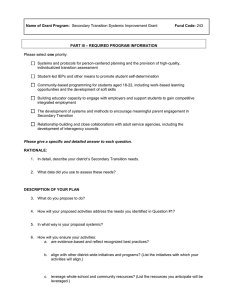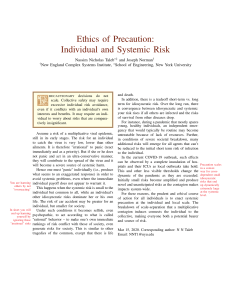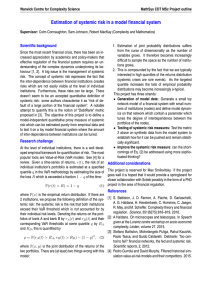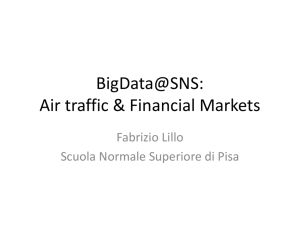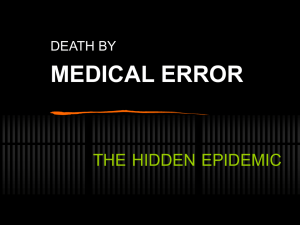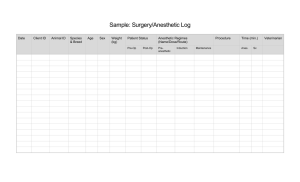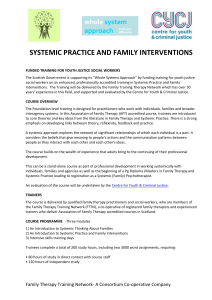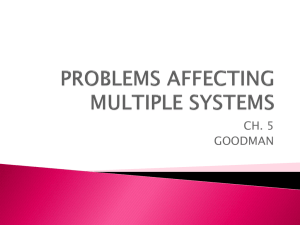Measuring systemic risk
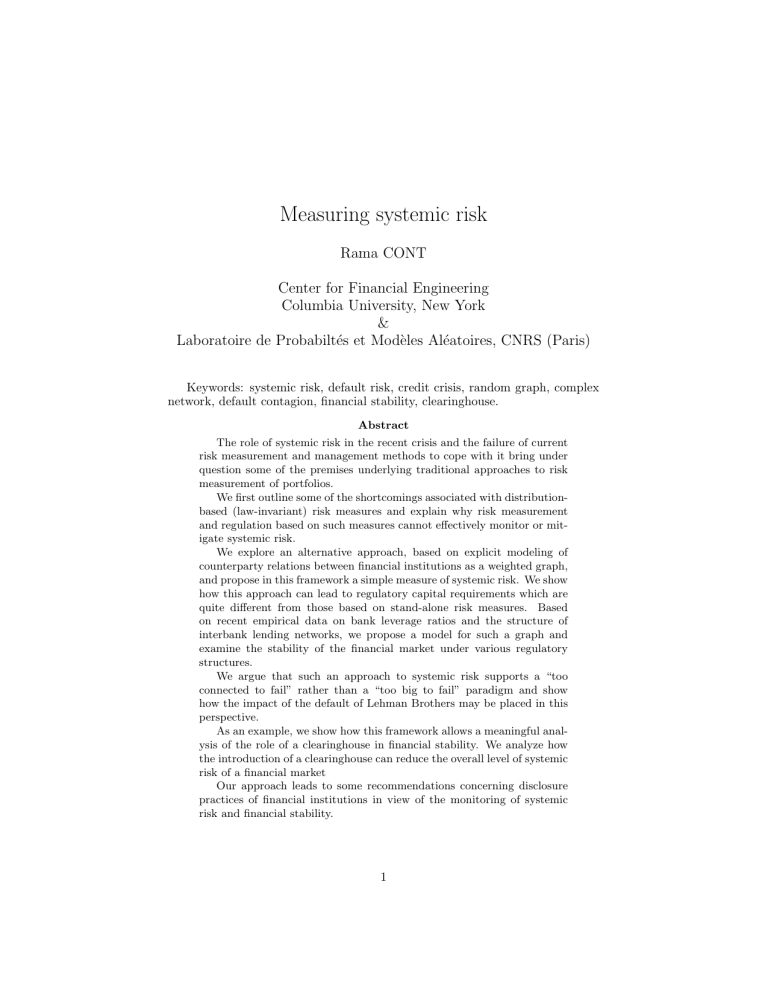
Measuring systemic risk
Rama CONT
Center for Financial Engineering
Columbia University, New York
&
Keywords: systemic risk, default risk, credit crisis, random graph, complex network, default contagion, financial stability, clearinghouse.
Abstract
The role of systemic risk in the recent crisis and the failure of current risk measurement and management methods to cope with it bring under question some of the premises underlying traditional approaches to risk measurement of portfolios.
We first outline some of the shortcomings associated with distributionbased (law-invariant) risk measures and explain why risk measurement and regulation based on such measures cannot effectively monitor or mitigate systemic risk.
We explore an alternative approach, based on explicit modeling of counterparty relations between financial institutions as a weighted graph, and propose in this framework a simple measure of systemic risk. We show how this approach can lead to regulatory capital requirements which are quite different from those based on stand-alone risk measures.
Based on recent empirical data on bank leverage ratios and the structure of interbank lending networks, we propose a model for such a graph and examine the stability of the financial market under various regulatory structures.
We argue that such an approach to systemic risk supports a “too connected to fail” rather than a “too big to fail” paradigm and show how the impact of the default of Lehman Brothers may be placed in this perspective.
As an example, we show how this framework allows a meaningful analysis of the role of a clearinghouse in financial stability. We analyze how the introduction of a clearinghouse can reduce the overall level of systemic risk of a financial market
Our approach leads to some recommendations concerning disclosure practices of financial institutions in view of the monitoring of systemic risk and financial stability.
1
